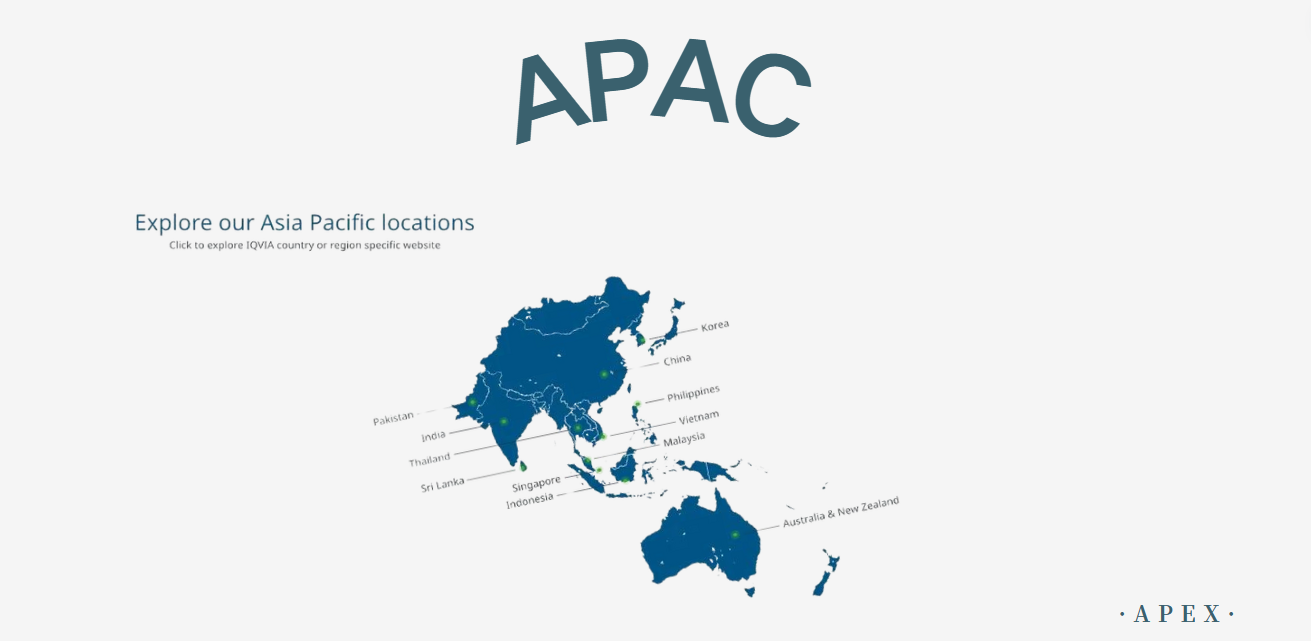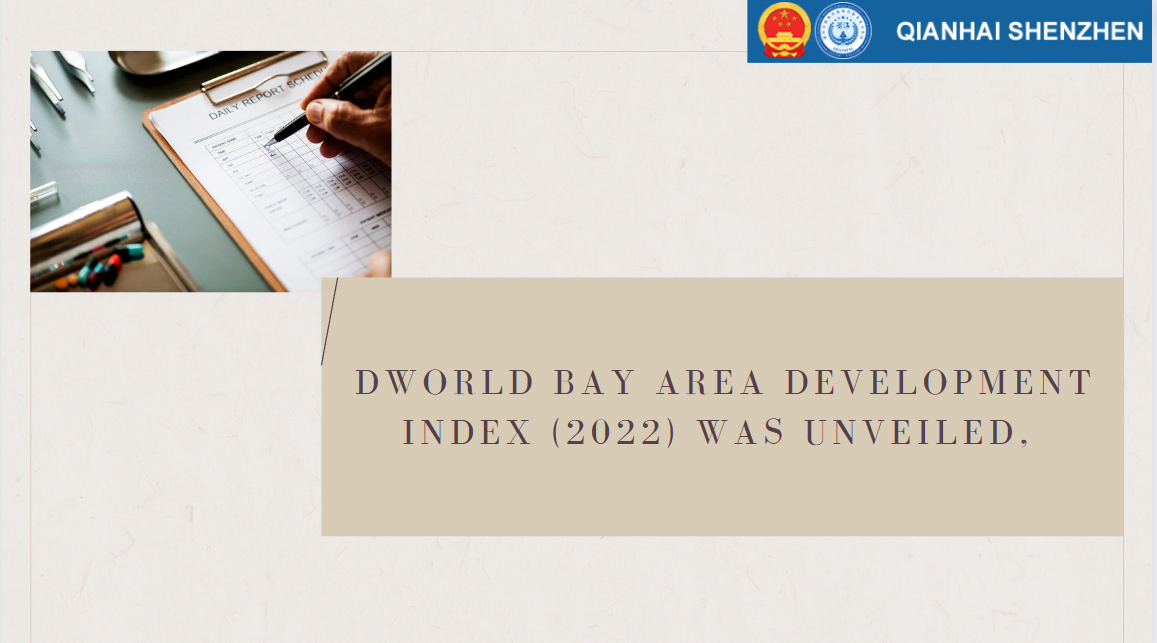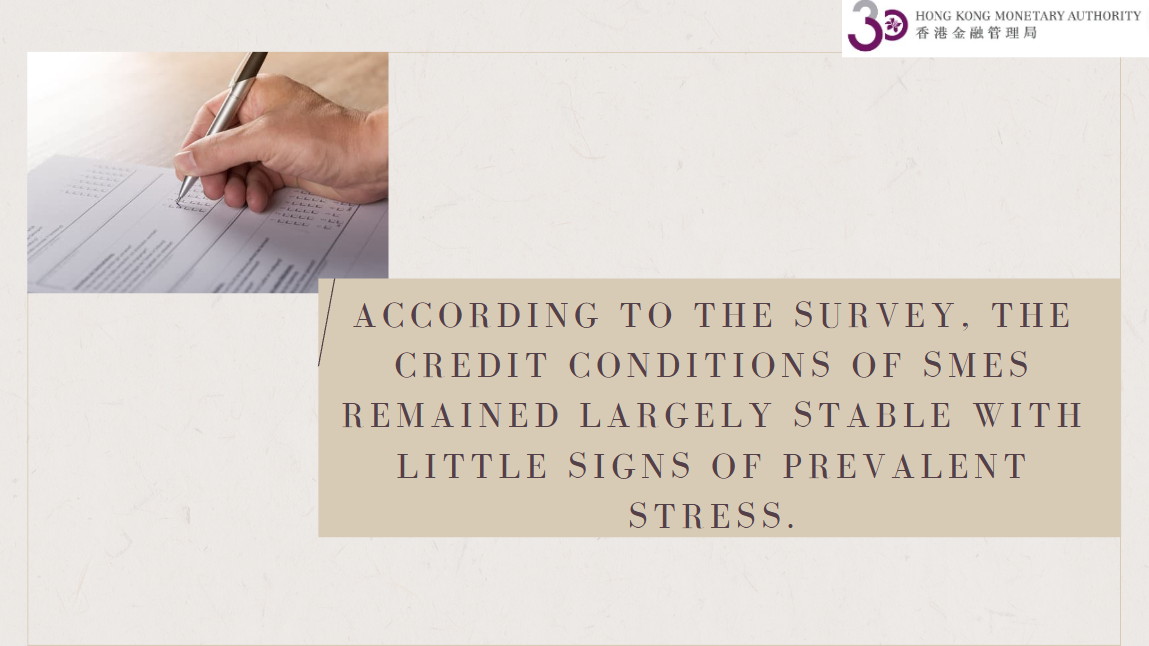Final Reflections on the LIBOR Transition
In 2013, the Financial Stability Board (FSB) established the Official Sector Steering Group (OSSG) with the view of promoting the effective collaboration of the global official sector towards the end goal of successful transition to robust benchmarks, including the transition away from LIBOR.
After a decade of preparation, the LIBOR transition has entered its final stage. The end of June 2023 marked the final major milestone in the LIBOR transition with the end of the remaining USD LIBOR panel. Only three of the US dollar LIBOR settings will continue in a synthetic form after June 2023 and are intended to cease at end-September 2024. In addition, reform of other interest rate benchmarks and related transition efforts have either been completed or near their planned, final conclusion.1
This monumental undertaking has seen an unprecedented shift in wholesale markets and has required the sustained coordination and dedication of regulators, industry bodies and market participants, and will lead to a more stable financial system. To maintain financial stability, it is important that markets remain anchored in robust benchmarks (for example risk-free or nearly risk-free rates) going forward.
In the post transition landscape, the FSB would like to emphasise the following messages:
1. The FSB continues to encourage firms to consider their choice of reference rates and use benchmarks that are robust, suitable, sustainable and compatible with relevant guidance and regulation.
The FSB encourages market participants to use the most robust reference rates, anchored in deep, credible and liquid markets, in order to avoid the need to repeat this exercise.
The FSB recognises that, in some cases, there may be a role for risk-free rate (RFR) derived term rates and has set out the circumstances where the limited use of RFR-based term rates would be compatible with financial stability.2 However, an over-reliance on term rates outside of these limited circumstances carries risks of undermining the robustness of these rates due to the potential for illiquidity in the underlying markets that enable and sustain term RFRs. As such, the FSB reiterates that their use must be in line with official sector and national working group best practice recommendations in the interest of sustaining robust reference rates and financial stability going forward.
Attempting to recreate rates that are based on LIBOR's underlying wholesale unsecured markets leads to the same inherent vulnerabilities (e.g., excessive use of expert judgment and limited reliance on anchored transactions) and poses financial stability concerns. Using the more recently created 'credit sensitive rates' (CSRs) risks undermining the progress made through the decade-long LIBOR transition. IOSCO recently completed its review of certain CSRs against the 2013 Principles for Financial Benchmarks, related to benchmark design, methodology and transparency. In its 3 July 2023 public statement on alternatives to USD LIBOR, IOSCO highlighted concerns that bank-issued commercial paper and certificates of deposit market data are not sufficiently deep, robust and reliable to underpin a benchmark.3) IOSCO stated that limited reliance on anchored transactions lead to the “inverted pyramid” risk and can pose financial stability concerns. IOSCO also called on the CSRs reviewed to refrain from representing that they are “IOSCO-compliant.” IOSCO recommended that the reviewed administrators (1) consider and clearly disclose how they have considered the “concept of proportionality”; (2) consider licensing restrictions in line with recommendations from National Working Groups and Regulators; (3) consider improving the transparency of their rates.
The FSB welcomes IOSCO's review of these rates and supports and underscores IOSCO’s message that “market participants should proceed with caution if they are considering using CSRs and take into account the risks identified in the review”.
2. Market participants should continue to incorporate robust contractual fallbacks.
At the outset of the LIBOR transition, it was clear that large numbers of contracts, across asset classes, did not make adequate provisions for the permanent cessation of panel-based LIBOR, or for its loss of representativeness. Whilst some contracts did contain fallback arrangements, many were unsuitable, for example because these fallbacks were linked to LIBOR and/or were often designed to cater for only a temporary outage in LIBOR. Some contracts did not contain any fallback provisions.
The LIBOR transition has underscored the importance of robust, workable fallback provisions. Where standard form contracts are used, relevant trade bodies have shown leadership in improving fallback language and encouraging market participants to adopt robust fallback provisions.
The FSB would like to thank in particular ISDA’s leadership on this work. Working with OSSG members, ISDA incorporated explicit fallback rate mechanisms for both IBORs and RFRs referenced in its IBOR Protocol and new definitional booklet. The OSSG encourages market participants to incorporate similar fallbacks into all contracts referencing RFRs.4
Some FSB jurisdictions have laws and regulations5 obliging market participants to incorporate robust and suitable fallback provisions into their contracts. Notwithstanding this, the FSB encourages all market participants to learn from the LIBOR transition experience and to adopt robust fallback mechanisms in all cases.
The FSB would like to thank the OSSG co-chairs, John C. Williams, President of the Federal Reserve Bank of New York and Nikhil Rathi, Chief Executive of the UK Financial Conduct Authority, as well as all past co-chairs. The FSB would also like to thank all OSSG members for their contributions and dedication to improving financial stability.
The FSB will continue to monitor the reference rate environment, including the ongoing use of Term RFRs and CSRs with the benefit of ongoing insights from IOSCO.
1.For example, in Canada, CDOR will be discontinued after June 28, 2024, however, market participants are expected to transition from CDOR to CORRA well before this date, with new derivatives and securities transactions referencing CORRA after end-June 2023. [←]
- 2.FSB (2021) Overnight risk-free rates and term rates, June [←]
- 3.IOSCO (2023) Statement on Alternatives to USD LIBOR (July [←]
- 4.For contracts referencing Term RFRs, the OSSG encourages incorporation of fallbacks to explicitly referenced, externally produced, and IOSCO compliant alternatives of a similar risk-free nature, including fallbacks to overnight RFRs either in arrears or advance, as the primary fallbacks in any rate waterfall. References to internal cost of funds or issuer or lender discretion should be avoided as primary fallbacks, as should references to fallbacks to be selected by a central bank or other official body unless consent for such reference has been granted by the authority named. [←]
- 5.For example, Article 28(2) of the EU and UK Benchmarks Regulations require supervised entities to have robust plans in place in the event that a benchmark which they are using materially changes or ceases to be provided. [←]













































First, please LoginComment After ~